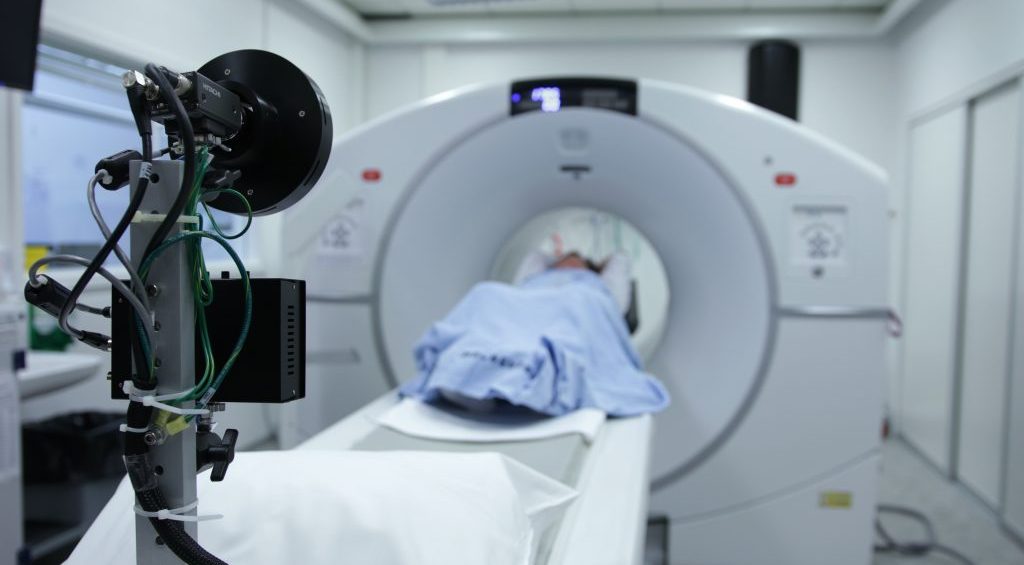Lung nodules are often found incidentally when people undergo imaging scans such as CT, X-ray, MRI, or PET. Most lung nodules turn out to be non-cancerous (benign); only about 5% may be cancerous (malignant).
Diagnosis of lung nodules
Most nodules are detected during imaging tests performed for other unrelated reasons.
Once identified, lung nodules require analysis. This analysis includes features like type, shape, size, density, location, and growth rate—all of which are key to diagnosis.
A smaller, regularly shaped solid nodule is typically less concerning than a larger, irregular subsolid (non-solid or part-solid) nodule. A non-solid nodule, also called a pure ground-glass nodule (pGGN), is lower-risk than a part-solid, or mixed ground-glass nodule (mGGN).
Doctors also consider certain “risk factors” when evaluating a lung nodule. High-risk factors include older age, smoking history, family history of cancer, and exposure to carcinogens.
In some cases, existing tests aren’t enough for an accurate diagnosis. Doctors may then order further tests such as bronchoscopy, biopsy, CECT, or PET scan.
Management and treatment of lung nodules
Generally, small, low-risk lung nodules don’t require treatment. If there’s a lung infection, your doctor may prescribe antibiotics or antifungal drugs.
In many instances, doctors recommend follow-up CT scans to monitor whether the nodule grows over time. The interval between scans can range from 3 to 12 months, depending on the nodule’s associated risk level.
If a nodule is large, high-risk, or suspicious, additional tests are needed for an accurate diagnosis. These often include bronchoscopy, biopsy, CECT, and PET scan.
If a doctor suspects the nodule is cancerous or its risk is very high (or rising), they may recommend a series of procedures—and possibly surgery to remove it.
Minimally invasive thoracic surgery, thoracotomy, chemotherapy, and radiation therapy are common treatment options for cancerous lung nodules. Surgeons select the appropriate treatment based on the nodule’s type, stage, and location, as well as other factors like the patient’s physical condition.
Since a cancerous lung nodule is most often an early or very early stage of cancer, it tends to be easier to cure and has a better prognosis.
o
